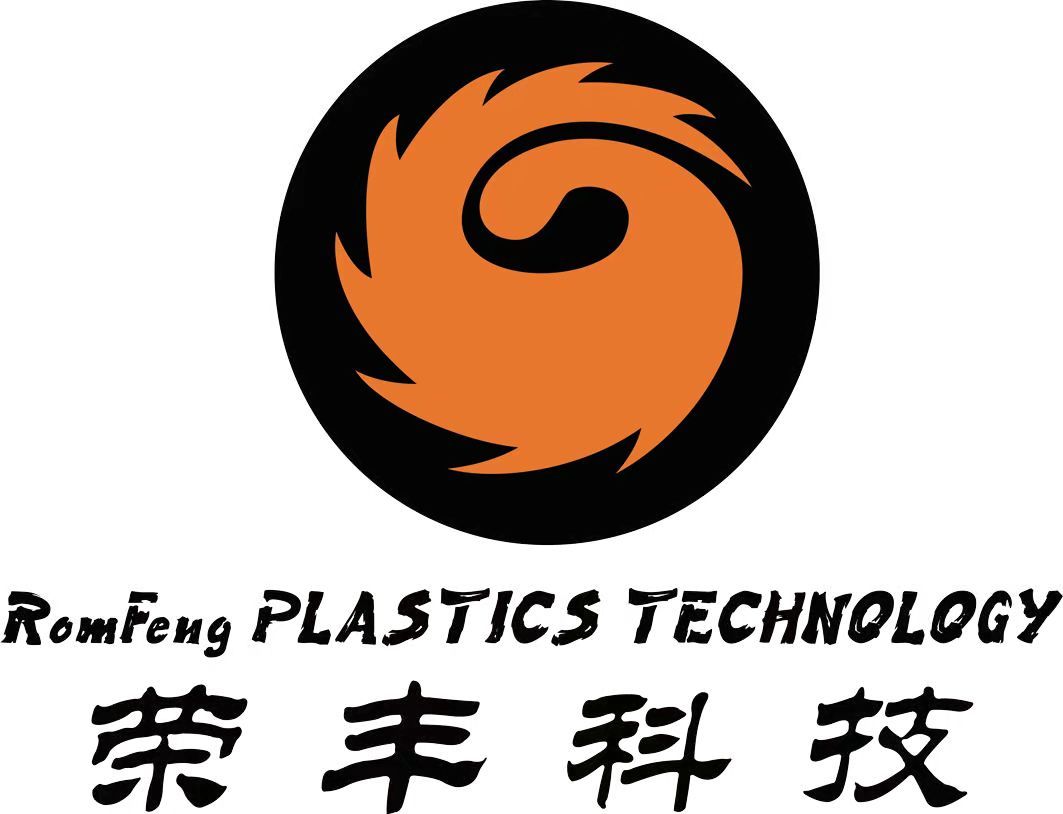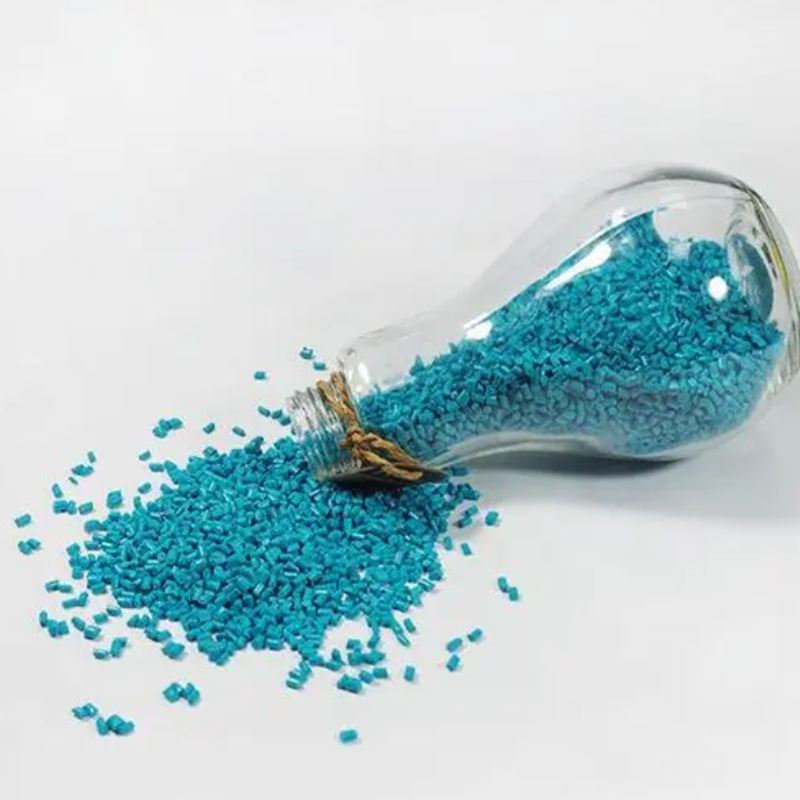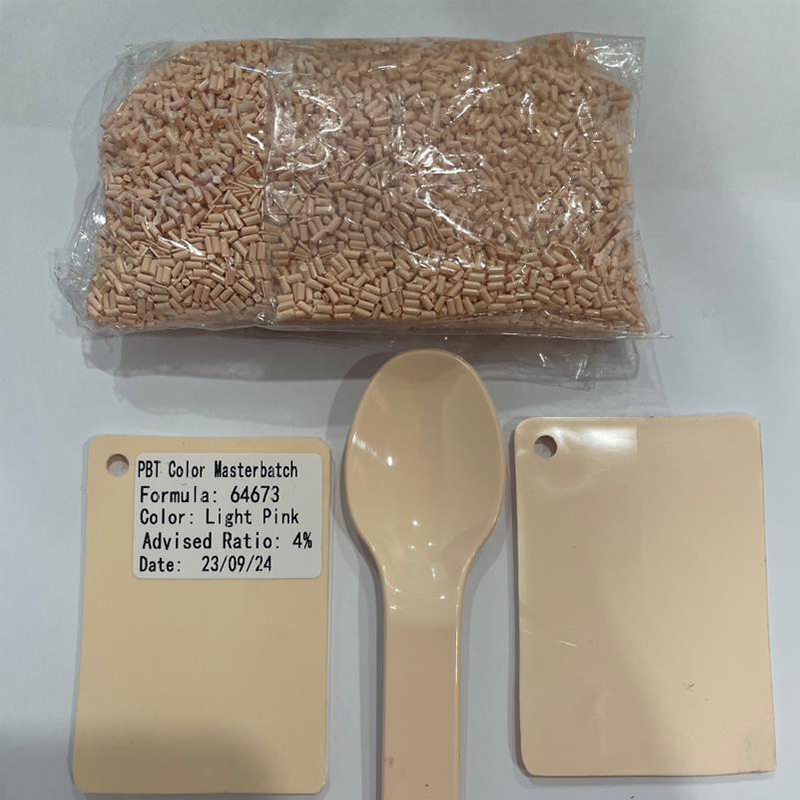Understanding Color Masterbatch for Polycarbonate: A Comprehensive Guide
Release time:
2025-07-13 14:20
Source:
Color masterbatch is a concentrated mixture of pigments and additives encapsulated in a carrier resin, designed to enhance the aesthetic appeal and functional qualities of polycarbonate (PC) materials. Polycarbonate itself is a high-performance thermoplastic known for its exceptional impact resistance, clarity, and thermal stability, making it a popular choice in various applications, including automotive, electronics, and safety equipment.
One of the primary advantages of utilizing color masterbatch for PC is the ability to achieve consistent and vibrant colors without compromising the mechanical properties of the base material. The masterbatch can be tailored with different pigment concentrations to meet specific color requirements, allowing manufacturers to create aesthetically pleasing products that stand out in the market.
In addition to aesthetics, color masterbatch can also provide additional functionalities to polycarbonate. For instance, certain masterbatches can enhance UV stability, thereby extending the lifespan of outdoor applications such as light covers or safety goggles. Moreover, some formulations are available that can improve flame retardancy, making them suitable for electronic housings or automotive components where safety is paramount.
When selecting a color masterbatch for polycarbonate, it is essential to consider several factors. The compatibility of the masterbatch with PC is crucial, as certain pigments may not blend well, leading to issues such as discoloration or poor dispersion. It is also important to evaluate the processing temperature, as PC generally requires higher processing temperatures than other plastics; thus, the chosen masterbatch must withstand these conditions without degrading.
Another critical aspect is the regulatory compliance of the color masterbatch. In industries like food packaging or medical devices, ensuring that the pigments and additives used are safe for their intended application is vital. Therefore, always consult with your supplier to ensure that the masterbatch meets required industry standards.
Additionally, the use of color masterbatch can lead to cost efficiency in production. By incorporating concentrated color statements, manufacturers can reduce waste and minimize the amount of raw materials required to achieve the desired shade. This not only contributes to a more sustainable production process but also enhances the profit margins of manufacturers.
In conclusion, color masterbatch for polycarbonate offers a versatile and effective solution for enhancing the visual and functional properties of PC products. By understanding the benefits, applications, and considerations of using color masterbatch, you can leverage this technology to create innovative and attractive solutions in the plastic industry. Whether in automotive, electronics, or beyond, the right choice of color masterbatch can make a significant difference in the quality and appeal of your products.
One of the primary advantages of utilizing color masterbatch for PC is the ability to achieve consistent and vibrant colors without compromising the mechanical properties of the base material. The masterbatch can be tailored with different pigment concentrations to meet specific color requirements, allowing manufacturers to create aesthetically pleasing products that stand out in the market.
In addition to aesthetics, color masterbatch can also provide additional functionalities to polycarbonate. For instance, certain masterbatches can enhance UV stability, thereby extending the lifespan of outdoor applications such as light covers or safety goggles. Moreover, some formulations are available that can improve flame retardancy, making them suitable for electronic housings or automotive components where safety is paramount.
When selecting a color masterbatch for polycarbonate, it is essential to consider several factors. The compatibility of the masterbatch with PC is crucial, as certain pigments may not blend well, leading to issues such as discoloration or poor dispersion. It is also important to evaluate the processing temperature, as PC generally requires higher processing temperatures than other plastics; thus, the chosen masterbatch must withstand these conditions without degrading.
Another critical aspect is the regulatory compliance of the color masterbatch. In industries like food packaging or medical devices, ensuring that the pigments and additives used are safe for their intended application is vital. Therefore, always consult with your supplier to ensure that the masterbatch meets required industry standards.
Additionally, the use of color masterbatch can lead to cost efficiency in production. By incorporating concentrated color statements, manufacturers can reduce waste and minimize the amount of raw materials required to achieve the desired shade. This not only contributes to a more sustainable production process but also enhances the profit margins of manufacturers.
In conclusion, color masterbatch for polycarbonate offers a versatile and effective solution for enhancing the visual and functional properties of PC products. By understanding the benefits, applications, and considerations of using color masterbatch, you can leverage this technology to create innovative and attractive solutions in the plastic industry. Whether in automotive, electronics, or beyond, the right choice of color masterbatch can make a significant difference in the quality and appeal of your products.
Color Masterbatch For PC








